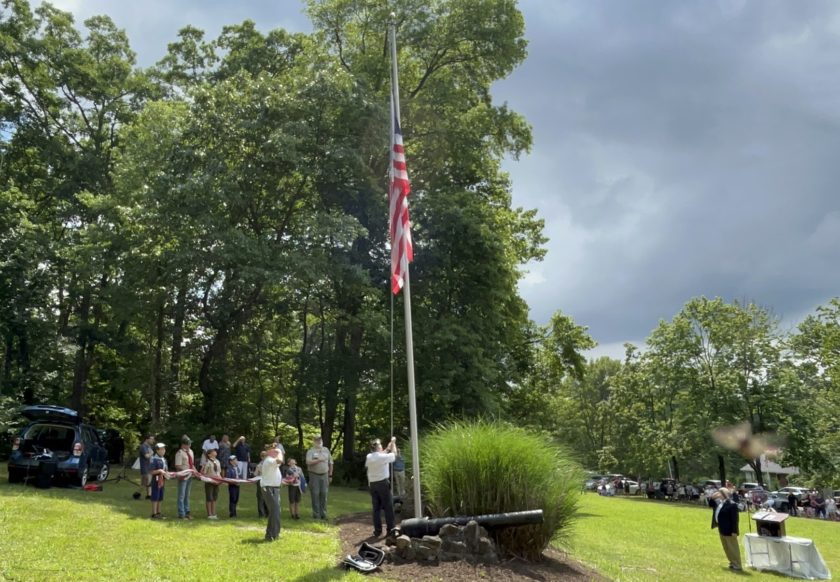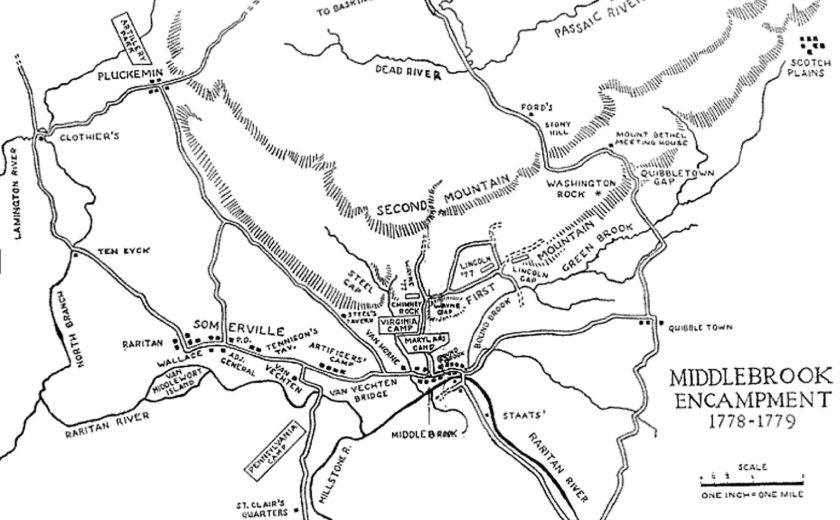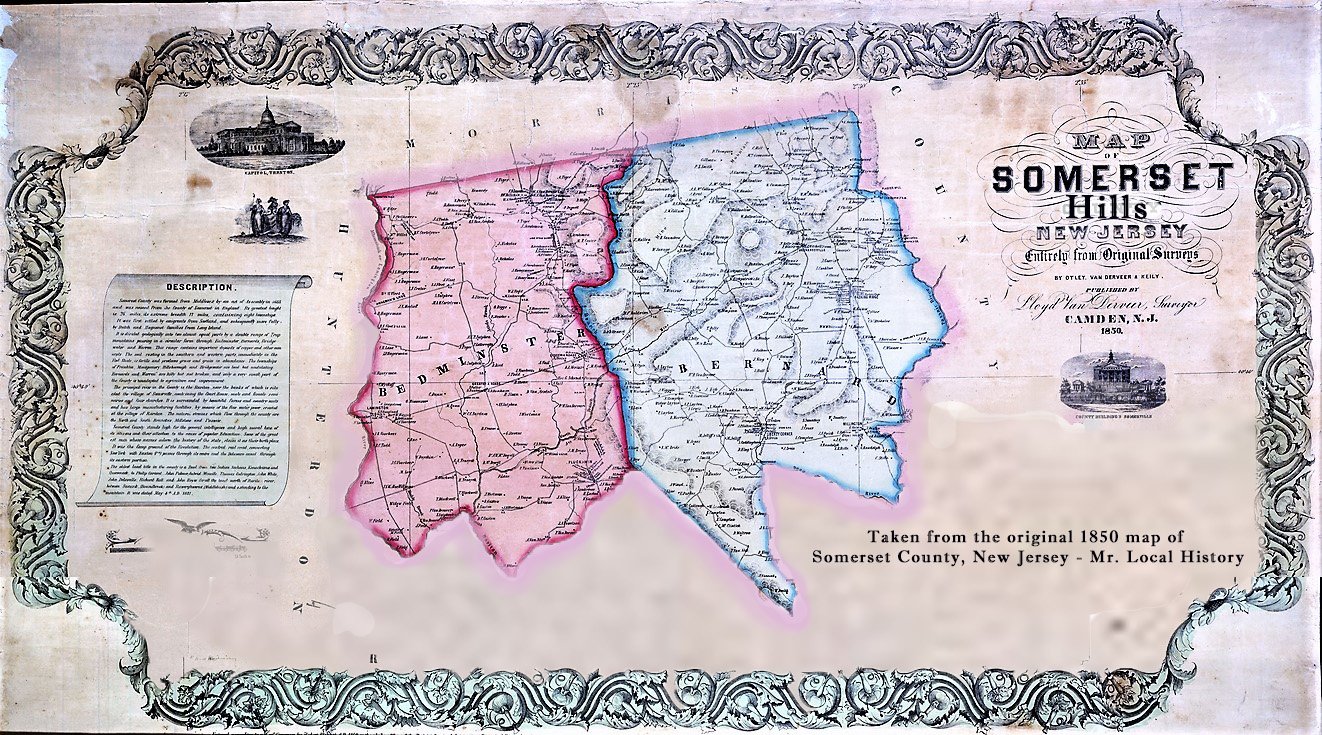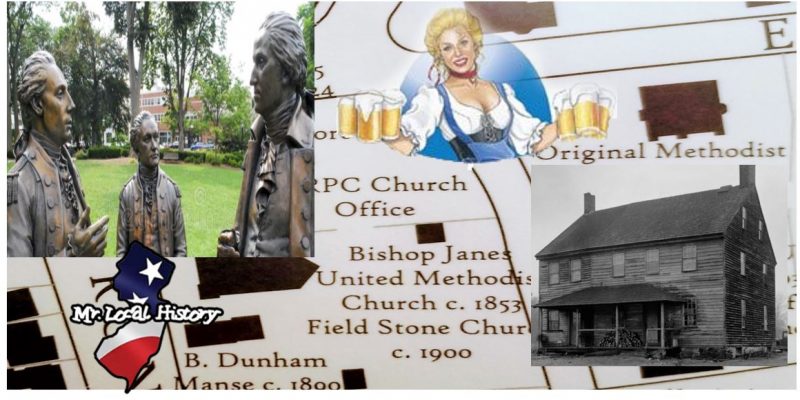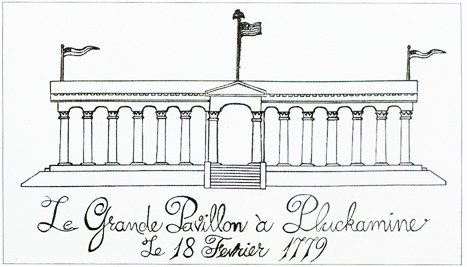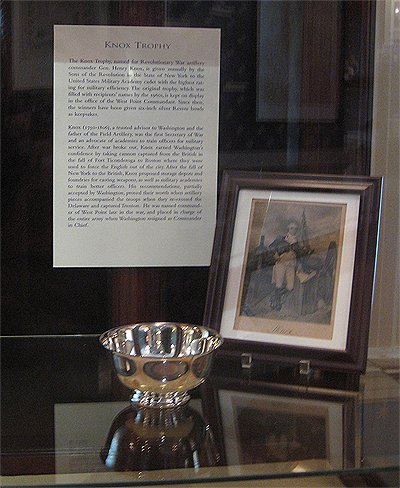Middlebrook is a know area in the Martinsville section of Bridgewater, Somerset County, New Jersey.
We call it “Jersey’s Gift to America.”
New Jersey is known as the “cockpit of the American revolution.” More battles were fought in New Jersey than any other colony, totalling over 90 military engagements, including the landmark battles of Trenton, Princeton and Monmouth. Here in New Jersey, Washington experienced some of his bleakest times and greatest triumphs, demonstrating his true virtuosity as commander in chief and a leader of men. And YES, more winters were spent by Washington and the Continental Army in New Jersey than in any other colony.
When historians talk about the Revolutionary War winter encampments you always hear about Morristown, New Jersey and Valley Forge, Pennsylvania right? Well that’s about to change as the Mr. Local History project begins a retrospective series around the war history and the winter of 1778 thru the spring and summer of 1779 in Somerset County, New Jersey. Known for the 2st the 2nd Middlebrook Encampments, we take a look at the area, homes and properties that were traversed through on a daily basis by the Continental Army, but we never realize exactly what history is here in Somerset County.
We’re starting this story on the 4th of July 2023. We had just come back from the annual reading of the Declaration of Independence and replacement of New Jersey’s own Hopkinson American flag, the first American flag flown officially on June 14, 1777 during the first Middlebrook encampment.
Two Key Encampments in Somerset County, New Jersey
Think for a second; you all know about the winter at Valley Forge right? Well how about this….there was not just one winter encampment like at Valley Forge, THERE WERE TWO ENCAMPMENTS IN SOMERSET COUNTY, NEW JERSEY. TWO.
Washington’s army camped along the Middle Brook, between the first and second range of the Watchung Mountains, in June 1777. He returned in the winter of 1778-1779 with an army of 10,000, equal to the population of Somerset County, to camp near the village of Middlebrook. To minimize impact on residents, brigades were assigned to locations several miles apart: Maryland to the east of Middle Brook, Virginia on the west, Pennsylvania across the Raritan, on the west side of the Millstone River, and the artillery at Pluckemin. The six-month Second Middlebrook encampment takes its name from Washington’s “Middlebrook” dating of his dispatches; that 18th century village no longer exists, having become the western end of Bound Brook.
Just look at the Middlebrook area on a map. The First and Second Watchung Mountains were a great natural fortress to protect the Continental Army from the British. Just far enough from New Brunswick in 177 and New York City in 1779 to keep an eye on General Cornwallis and General Clinton and the British troops, yet close enough to Pennsylvania if they needed an escape route. Just take a visit to the Washington Rock historic park and you can see why the spot made the perfect observation area.
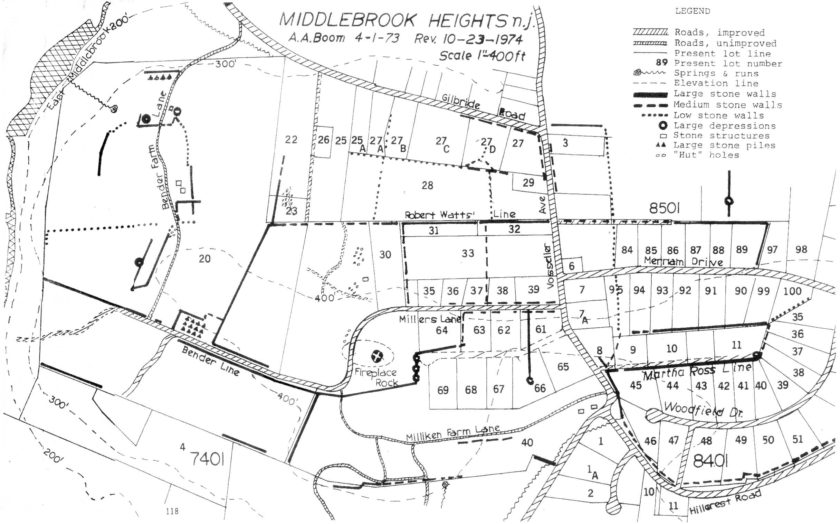
Click to enlarge. Report on the Middlebrook Encampment by the Continental Army during the middle of 1777 and the winter of 1778-79” by A. A. Boom.
People often can’t picture how big an army is. Consider this; if you walk the Washington Camp Ground area you have to remember that only the Maryland soldiers encamped on that property. The rest were spread all over Somerset County west to Somerville, north to Bedminster (Pluckemin) and east across Bridgewater. All three townships where also chartered so they were officially their own towns with their own representation, granted by King George II.
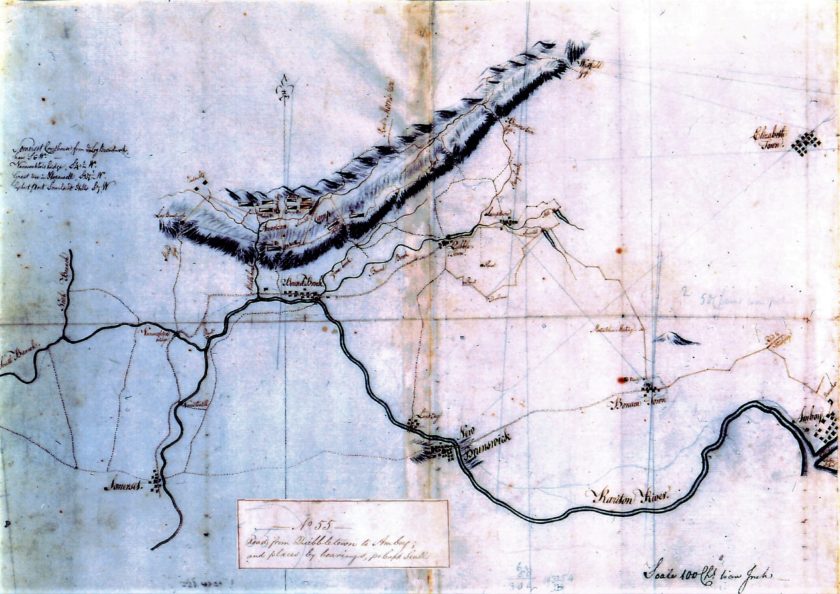
Based on the above map, we’ve created a modern Google map to provide some clarity on where over 10,000 soldiers camped in the area.
This event is commemorated annually since 1889 on July 4 with a changing of the flag, a reading of the Declaration of Independence, and the delivery of an historical address at the Washington Camp Ground. Also, by special order of Congress, a Thirteen Star Flag is flown 24 hours a day at the Washington Camp Ground.
The 1777 Hopkinson flag is generally believed to be the first official flag of the colonies. Hopkinson was a delegate to the Continental Congress from New Jersey and a signer of the Declaration of Independence. The so-called Betsy Ross flag was more likely a flag used for celebrations of anniversaries of the nation’s birthday.
Fascinating that all around today’s Chimney Rock Inn in Bridgewater, to the Walmart in Manville, to the Pluckemin Tavern in Bedminster, there were soldiers spending the entire winter in the region. So next time you’re in the area, remember that our country’s founding was made in Somerset County, New Jersey.
Middlebrook Book by Robert A. Mayers

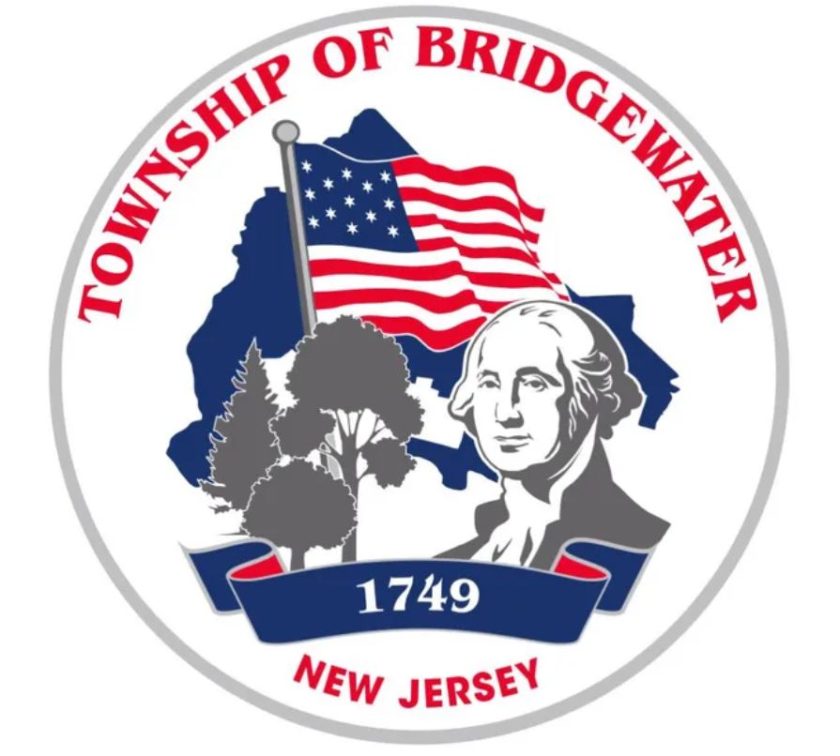
By a 5-1 vote, the Bridgewater Township Council approved an update to the emblem which was adopted in 1976. Council President Michael Kirsh said the new emblem incorporates elements of the original design, now provides “a clearer display of all elements,” including an outline of the township and an image of George Washington to represent the township’s history. Trees represent Bridgewater’s scenic nature. A major change was to replace the Hopkinson flag replacing the Betsy Ross flag. Historians now agree that it was the Hopkinson flag that was the first stars and stripes banner to fly over the Continental Troops at the Middlebrook Encampment in 1777.
The Winter Encampments
First let’s go through the seven years of the Revolutionary War, where the winter encampments were, and what were the notable events of that encampment during the Revolutionary War from April 19, 1775 thru September 3, 1783:
| Encampment | Duration – Location | Notable Facts |
| 1st | 1775 – 1776 | Washington arrives in Cambridge, Massachusetts to take command of the Continental Army (July 2). No formal winter encampment. |
| 2nd | 1776-1777 – Morristown, New Jersey | January 6 – May 28, 1777. Following the crossing of the Delaware, victories at Trenton and Princeton, 2,000 – 4,000 troops encamped in Morristown. During that winter, Washington went to work inoculating the army and many of the civilians living in and around the town in order to combat the threat of a smallpox. Officers stayed in homes, troops in various structures. Washington stays in Arnold’s Tavern by Morristown Green. FYI – There were no battles ever fought during the war in Morris County. |
| 2nd | 1777 Spring at Middlebrook, New Jersey | The army established its Middlebrook tent encampment from May 26 to July 3, 1777. A total of 8,298 soldiers were housed in the encampment, but 2,660 of them were sick or disabled. It was at the Middlebrook encampment that the first official flag of the United States was unfurled, after a law to adopt a national flag had been passed by Congress on June 14, 1777. This event is commemorated annually since 1889 on July 4 with a changing of the flag, a reading of the Declaration of Independence, and the delivery of an historical address at the Washington Camp Ground. |
| 3rd | 1777-1778 – Valley Forge, Pennsylvania | December 19, 1777 – June 19, 1778. Soldiers ranged from 12,000 in December to nearly 20,000 in late spring. Structures were built. It is estimated that between 1,000 to 3,000 soldiers died at the Valley Forge encampment. Troops not well supplied. Smallpox and dysentery breakout. |
| 4th | 1778-1779 Middlebrook/Pluckemin, New Jersey | November 30, 1778 – June 3, 1779. 8,000 to 10,000 troops. The winter was a very mild one. Structures were built. The population of Somerset County was 10,000 at the time. The first artillery training academy is built at Pluckemin Artillery Park. Washington stayed at the nearby Wallace House in Somerville. |
| 5th | 1779 – 1780 Morristown, New Jersey | December 1779 – May 1780.10,000 to 12,000 troops. Worst winter ever recorded in American history. Washington’s men cut down over 2,000 acres of timber to construct a “log house city” of more than a thousand wooden log huts which accommodated about twelve men each. Desertions and deaths reduced the number to only about 8,000. In total 96 men died, 1,062 deserted, 140 were captured, and 2,735 were discharged.Washington stays at the Ford Mansion. Most of the larger British army was based in New York that winter. |
| 6th | 1780 – 1781 New Windsor, New York | Southern Campaign. Continental Army enters sixth winter with encampments in New York’s Hudson Highlands, Pompton, and Morristown, New Jersey (December 1780). |
| 7th | 1781 – 1782 (Morristown, New Jersey and New Windsor, New York) | Yorktown Surrender – Sep 28 – Oct 19, 1781 The Battle of Yorktown proved to be the decisive engagement of the American Revolution. The British surrender forecast the end of British rule in the colonies and the birth of a new nation—the United States of America. Continental Army returns to Hudson Highlands and Morristown New Jersey for its seventh winter encampment (December). New Jersey Brigade camps in Jockey Hollow Two regiments with a combined strength of around 700 men, commanded by Col. Elias Dayton. It is believed they built huts south of the Wick House. Last skirmish of the conflict takes place near Cedar Bridge Tavern in Barnegat Township, New Jersey (December 27). |
| 8th | 1782-1783, New Windsor, New York | A year after the American victory over the British at Yorktown, Virginia, in October 1781, General George Washington moved a large part of his army to New Windsor. Over 7,000 Continental Army soldiers and 500 of their family members encamped at New Windsor, New York, during the winter of 1782-83. The final winter encampment of the Revolutionary War October 1782—June 1783. |
